
Ski-alpinism racing (obviously) takes place on snow, and it's often sunny and at relatively high altitudes. However, it also has the almost unique combination for a snow sport of extremely high levels of exertion at relatively modest speeds. Cross-country skiing has similar levels of exertion, but the speeds are higher as the courses are more rolling; mountaineering has similar speeds but you're never going quite as hard. This combination of high exertion and low speeds makes it very challenging to find sunglasses that don't mist up – they have to deal with a huge amount of moisture coming their way, and the air isn't moving around them as fast as it might in other sports.
"This combination of high exertion and low speeds makes it very challenging to find sunglasses that don't mist up – they have to deal with a huge amount of moisture coming their way."
In summer when mountain racing I can get away with just wearing a cap on sunny days, because little if any time is spent on snow. Previously I had used the same approach for ski-alpinism races, resulting in some pretty sore eyes at the end of a day of racing. Thankfully the races were never long enough to give me proper snow-blindness.
At the beginning of the 2010/11 season I decided I'd try and get some glasses that I could race in, since I was going to be spending a lot more time training and racing in the alps than in previous seasons, and reasoned that the repeated abuse of my eyes was probably not a good thing.
I got my hands on a pair of the new Evil Eye half rim pro, from Adidas eyewear. First impressions were good – they fitted securely and comfortably, and the clarity of vision in them was superb. A dozen races, and many more days training later I was a convert to wearing glasses. Not only did they save my eyes from getting sore, but they stopped them watering in the first few minutes of the descent, and kept them protected from branches during kamikaze tight forest sections.
They were excellent at staying mist-free, and vision only became a problem when sweat actually poured onto the lenses from my face, at which point I'm normally struggling to see straight anyway! They come with a removable foam pad that sits above the lens to stop sweat from dripping down from the forehead, but this seemed to result in more steaming-up for me (presumably because it reduced the airflow around the lenses).
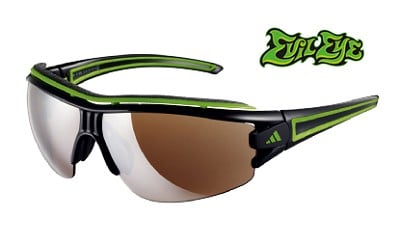
Adidas Evil Eye Half Rim Pro Sunglasses
The Evil Eye Pro comes with two lenses to make sure you are ready for any light conditions you come across. The LST Active lens is a great all-round sports lens. It is designed to maximise contrast and harmonise light. It also comes with an LST Bright lens. This is designed for low-light conditions, such as fog and turns up the contrast to maximum to help you see when it really matters.
- Double snap adjustable nose pads for the perfect fit
- Helmet compatible temple system makes it simple to wear them with your bike helmet
- Quick Release Hinge. Designed to come apart under stress to prevent permanent damage
- Quick Change Lens System ensures you're ready for any light condition.
- Traction Grip. Ribbed rubber inlay on the sleeves for maximum grip during sporting activities
- Ventilation system to minimise fogging
- Constructed from Adidas SPX for durability and lightweight
More info on the Adidas Website
My pair came with two sets of lenses, a general lens (LST active) for sunny days, and a yellow lens for low light conditions. Both were excellent, the LST active lenses for sunny days; dark enough for sunny open slopes but not so dark that you go blind as soon as you ski into a forest. The yellow worked well on bad weather days, of which there were quite a few this year, and also handled days that started badly and turned out nice. Changing the lenses is pretty easy, and the system for holding them in place seems very secure – I never lost a lens despite multiple crashes.
Ski-alpinism racing is still very much a minority sport for us Brits, but these glasses would also work well for fell running, road biking, mountain biking and general alpine climbing. Other lenses with more protection are available for them if you are spending a lot of time at high altitudes on snow.
All this versatility comes at a price, they have an SRP of £169.00 (you can get them cheaper than that), but if you're someone who does a lot of fast moving sports in the mountains then you should get a lot of use out of them. The build quality is excellent and like all Adidas eyewear they last.
About Es Tresidder
Es Tresidder is an alpinist, mountain runner and environmentalist. He lives a semi-nomadic lifestyle, travelling between mountain regions to climb and run while studying for an MSc and earning a crust as an environmental building consultant wherever he can get an internet connection.
Es supplements this with lectures about his climbing and running. He is currently the record holder for running the Cuillin ridge on Skye, and climbs and runs to a high level in a variety of disciplines.
Es is currently in the Pyrenees representing the UK in the ski mountaineering World Championships.
His personal webpage is: Es On Ice
You can find out more about his environmental consultancy at leangreenconsulting.co.uk


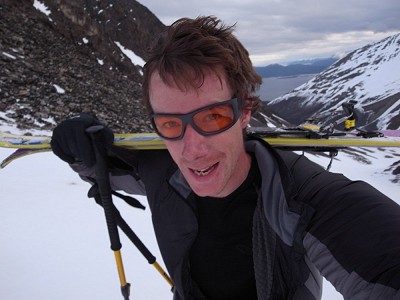

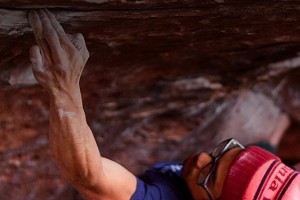
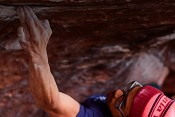
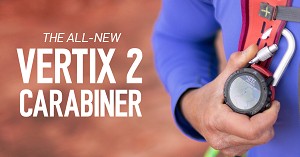

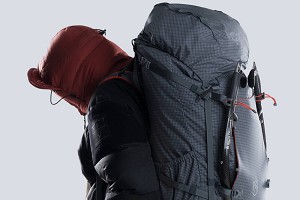
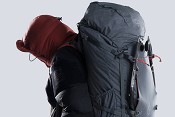
Comments